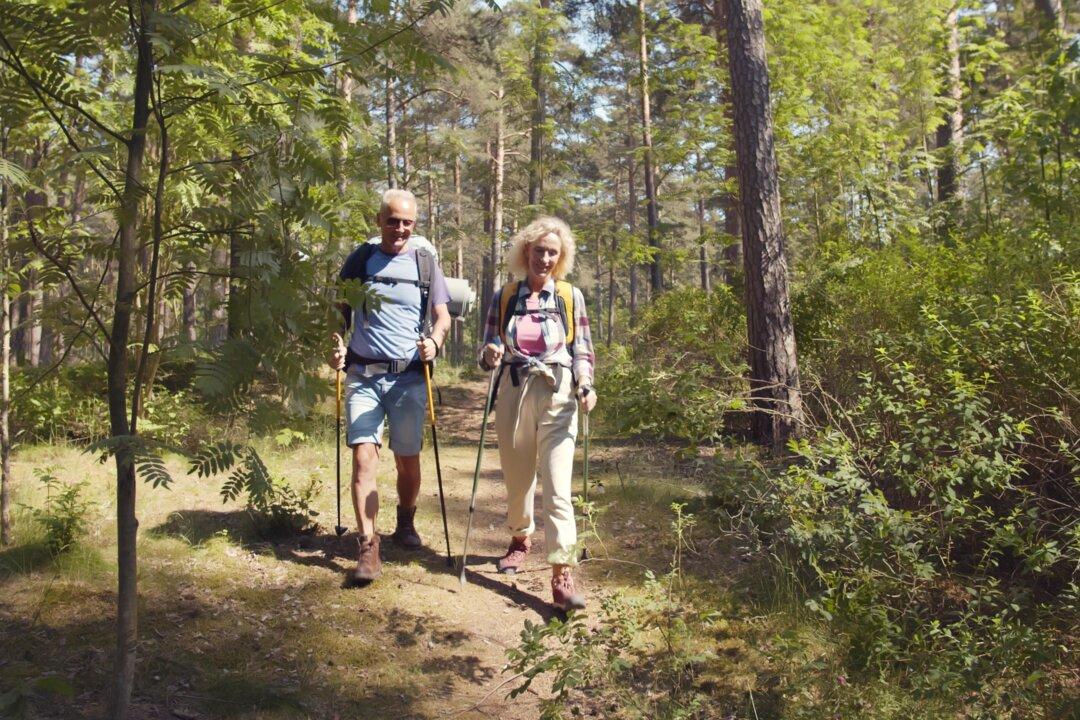Before COVID-19, the popularity of hiking was on a downward slope among both adults and children. But its popularity has climbed during the pandemic, as more people take to the trails. Hiking is a great way to experience nature and offers those who do it several physical and mental health benefits.
Hiking differs in many ways from taking a regular stroll around your neighborhood. Unlike a sidewalk, the terrain on many hiking routes is uneven or rocky. There’s typically also some change in elevation as the trail winds up or down hills. People also tend to wear different footwear—such as hiking boots—which can be heavier than what they’re used to wearing.





